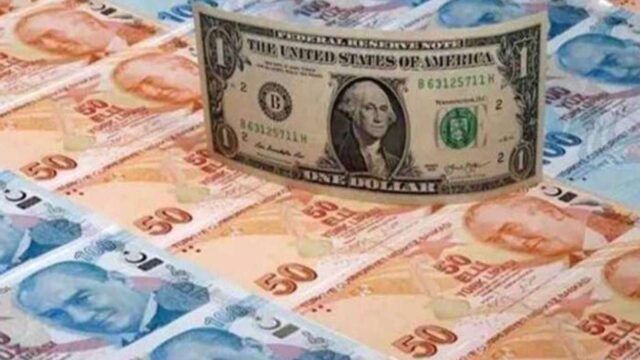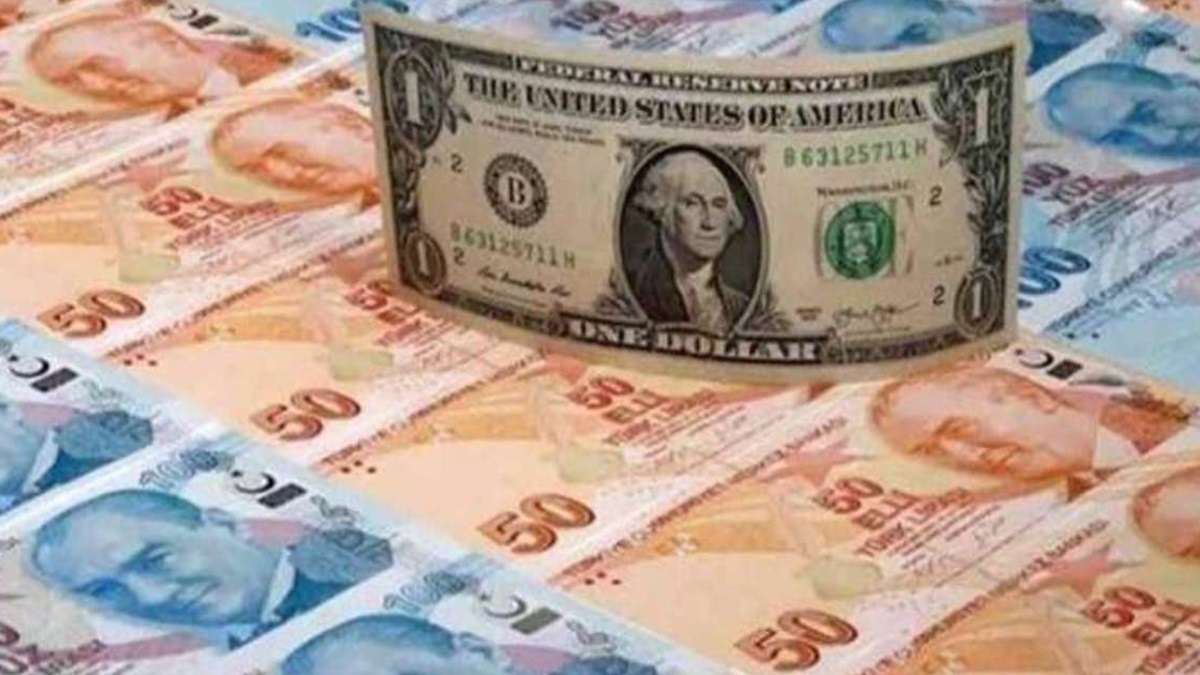
Business news: India’s foreign exchange reserves rose for the fourth straight week to hit an all-time high of USD 642.49 billion in the week ending on March 15, as per the latest data released by the Reserve Bank of India (RBI). During the week, the foreign exchange kitty rose by USD 6.396 billion. Before March 8 week, the reserves rose by USD 10.470 billion to USD 636.095 billion.
During the latest week, India’s foreign currency assets (FCA), the biggest component of the forex reserves, rose by USD 6.034 billion to USD 568.386 billion, the central bank’s weekly statistical data showed. Gold reserves during the week rose from USD 425 million to USD 51.140 billion. In the calendar year 2023, the RBI added about USD 58 billion to its foreign exchange kitty.
In 2022, India’s forex kitty slumped by USD 71 billion cumulatively. Forex reserves, or foreign exchange reserves (FX reserves), are assets that are held by a nation’s central bank or monetary authority. It is generally held in reserve currencies, usually the US Dollar and, to a lesser degree, the Euro, Japanese Yen, and Pound Sterling.
In October 2021, the country’s foreign exchange reserves last touched their all-time high. Much of the decline after that could be attributed to a rise in the cost of imported goods in 2022. Also, the relative fall in forex reserves could be linked to the RBI’s intervention, from time to time, in the market to defend the uneven depreciation in the rupee against a surging US dollar.
Typically, the RBI, from time to time, intervenes in the market through liquidity management, including through the sale of dollars, to prevent a steep depreciation in the rupee. The RBI closely monitors the foreign exchange markets and intervenes only to maintain orderly market conditions by containing excessive volatility in the exchange rate, without reference to any pre-determined target level or band.
(With agencies inputs)
ALSO READ: India’s foreign exchange reserves decline by USD 2.8 billion
ALSO READ: India’s forex reserves rose by $58 billion cumulatively in 2023




































